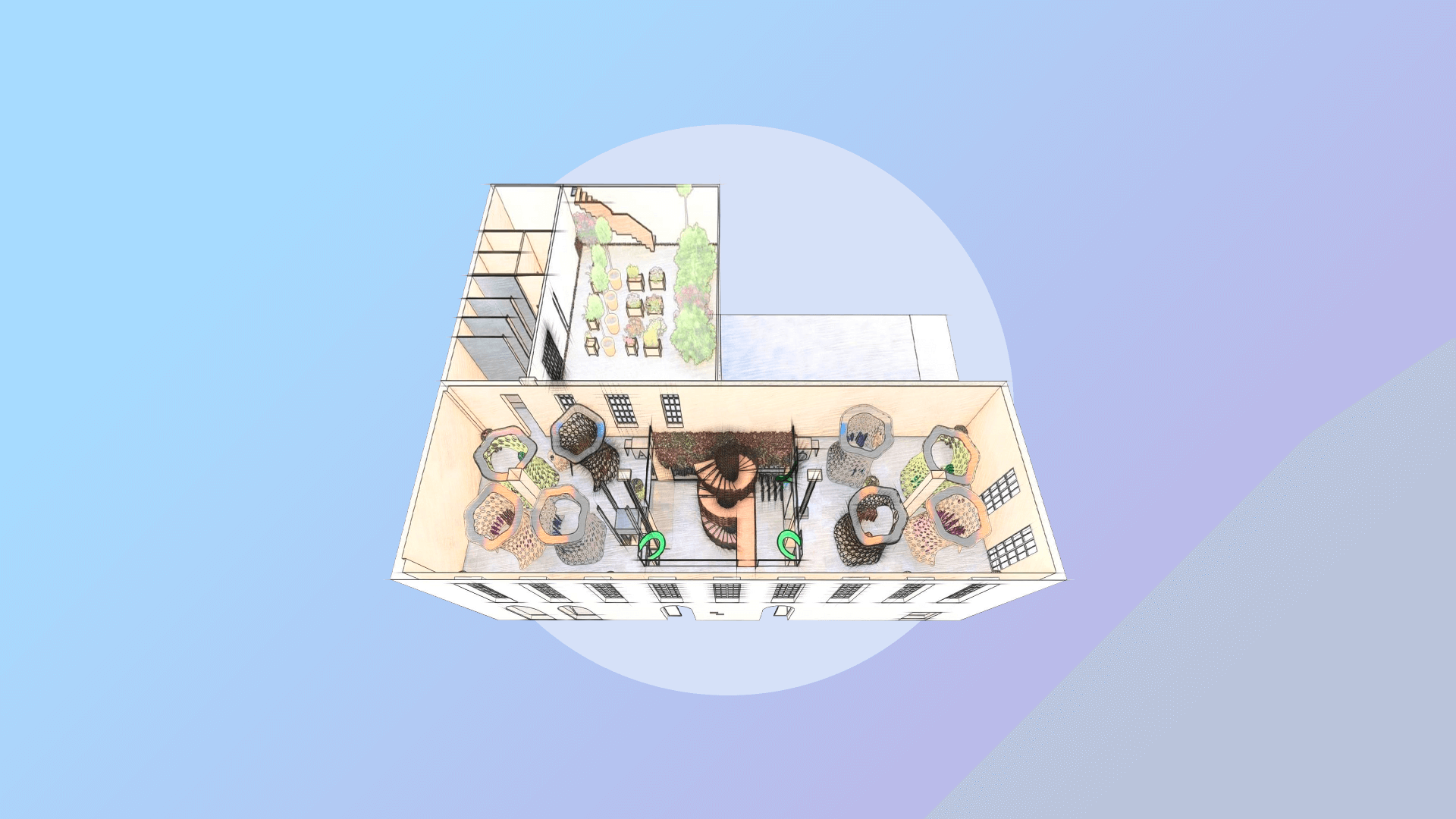Experiential interior design (EID) refers to the practice of implementing experiential values in the design of spaces. It addresses a new approach to the design of interior spaces, emphasizing experiential human needs.
The concept of EID comes from the subjective impact of our surroundings, designed on the formation of individual experience. This environmental experience is determined as a result of human interaction with a physical space, generating a certain emotional or intellectual impact.
Nowadays we can identify experience as the enabling factor of any product, space or service. Each one has a set of characteristics which can directly transmit meaning. The user can draw this meaning from themselves, with respect to the possible ways of using it.
On the other hand, the introduction of an experiential dimension for the user within a space has emerged as an answer to the shift in paradigm of brand-to-client relations. Today's consumers are no longer passive entities. They are now of a more critical and informed character and look for interaction with the universe of the brand via various platforms or channels. This may be from a website, a mobile phone app, a poster advertisement or in the physical space of a shop.













